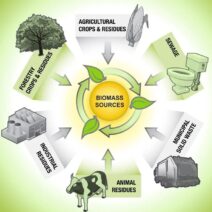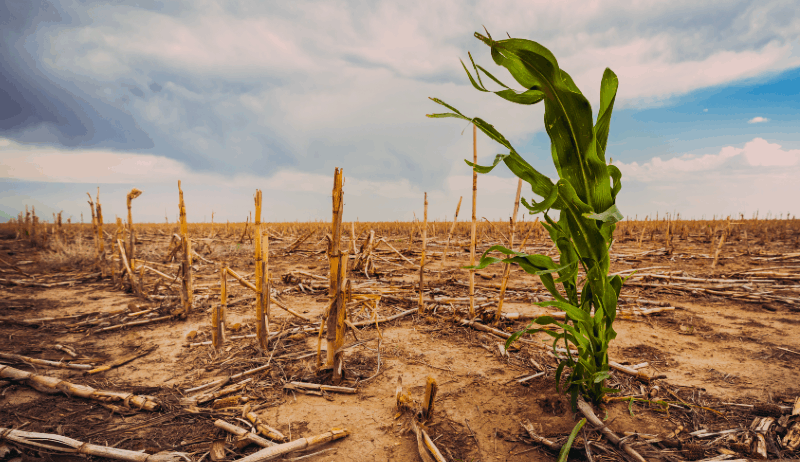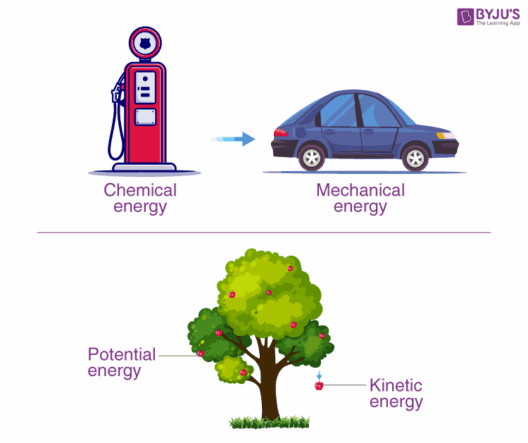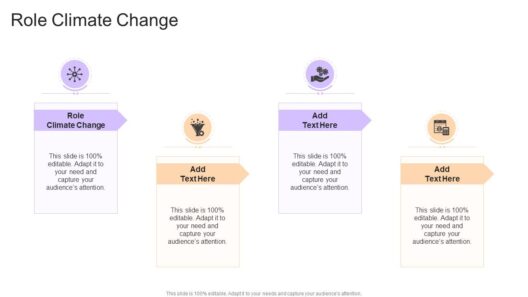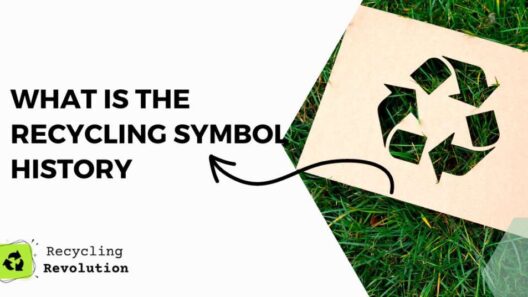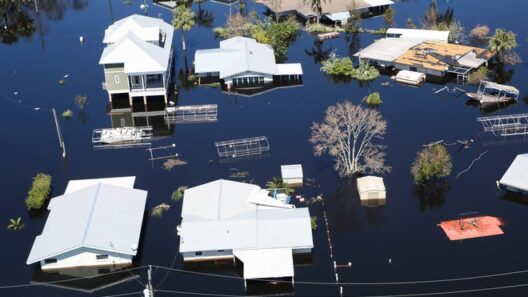Global warming, an ever-looming specter, threatens to reshape our planet in irreversible ways. While some may dismiss climate change as a distant concern, the United States stands at a pivotal crossroads. Urgent reflections on this matter compel us to ponder the question: Just how much longer can we withstand the escalating impact of global warming?
The clock is ticking. Climate data indicates that the threshold for catastrophic change may arrive sooner than anticipated. Predictions vary, but many scientists suggest that without significant intervention, we may see profound disruptions to our environment within the next couple of decades. As temperatures rise, the stakes grow higher—agriculture, water resources, and societal stability are all at risk.
One of the first domains to experience the grievous consequences of global warming is agriculture. Farmers across the nation are already encountering shifts in weather patterns. Unpredictable frost dates, prolonged droughts, and intensified storms are becoming the new normal. The agricultural sector, fundamental to the American economy, cannot function effectively in the face of these erraticities.
Temperature Strain on Crops
Rising temperatures and altered precipitation patterns can severely impair crop yields. Traditional staples such as corn and wheat are especially sensitive to temperature fluctuations. A mere increase of a few degrees Fahrenheit can drastically reduce yields, leading to food scarcity. As shifts in climate proliferate, sensitive ecosystems will struggle to adapt. Those who rely on these crops for sustenance will feel the repercussions swiftly, sparking a cascade of socio-economic challenges.
Water: Our Finite Resource
Water availability is another pressing concern as climate change deepens its grip. Regions in the southwestern United States have already begun to grapple with diminishing water supplies. The phenomenon of prolonged droughts threatens not only agricultural output but also urban consumption. Cities may find themselves facing water rationing, prompting debates over resource allocation and environmental ethics.
The interconnectedness of global systems cannot be overstated. We live in a world where the actions taken in one corner can reverberate on the other side of the globe. The current trajectories underscore the urgency for cooperative efforts to confront climate change at a global scale. Local initiatives must weave into a larger tapestry of governance, conservation, and ecological stewardship.
Public Health: An Emerging Crisis
The ramifications of global warming extend beyond environmental degradation; they penetrate into public health. Melting ice caps and rising sea levels not only threaten coastal cities but also open the gateways to the spread of disease. Warmer temperatures can exacerbate the prevalence of vector-borne diseases such as malaria and dengue fever. Vulnerable populations increasingly suffer, making equity a critical aspect of the climate discourse.
Mental health also comes into play, as communities confront the traumas of displacement and loss. The stress stemming from natural disasters and climate-induced migrations raises essential questions about resilience and preparedness. How can we realign our societal structures to support mental well-being in the face of relentless environmental change?
An Economic Conundrum
The economic ramifications are also becoming evident. The costs associated with climate change are staggering. Natural disasters, driven by erratic weather patterns, place immense pressure on federal and local governments. Reconstruction efforts absorb finances that could otherwise fuel innovation or infrastructure enhancements. In this context, the need for investment in sustainable technologies becomes not only an ethical responsibility but also an economic imperative.
We find ourselves necessitating deeper introspection regarding the economic models that underpin our progress. Circular economies, sustainable resource management, and green technologies are not mere buzzwords; they represent pathways to rethinking growth in an era beset by climate uncertainties. Correctly harnessed, they can lead to a resilient future.
Hope Through Policy and Action
Despite the impending challenges, the journey toward a sustainable future is not devoid of hope. Recent years have witnessed an increasing global consensus on necessitating drastic climate action. Governments worldwide are adopting more aggressive policies aimed at reducing carbon emissions. The Paris Agreement serves as a cornerstone for international cooperation. However, the United States must reaffirm its role as a global leader in climate efforts, maximizing its potential for innovative solutions.
Grassroots movements proliferate, emphasizing the power of collective action. Citizens from diverse backgrounds are increasingly vocal about the need to confront climate change. Initiatives to plant trees, reduce waste, and promote renewable energy showcase the capacity for change emanating from local communities.
Conclusion: The Pursuit of a Sustainable Paradigm
As we stand at this critical junction, the urgency to address global warming cannot be overstated. A mere glance at the scientific consensus makes it abundantly clear; action is imperative. The clock continues to tick, and the promise of a dramatically affected future is not simply a mere hypothesis—it’s on the horizon. However, our response can shift the trajectory of our planet.
In short, understanding the intricate web of interconnections between climate, agriculture, public health, and economies is paramount. By embracing change and taking meaningful action today, we can carve a more sustainable path for future generations. The story of climate change is not solely one of despair; it is also a tale of resilience, innovation, and unwavering resolve in the face of adversity.

